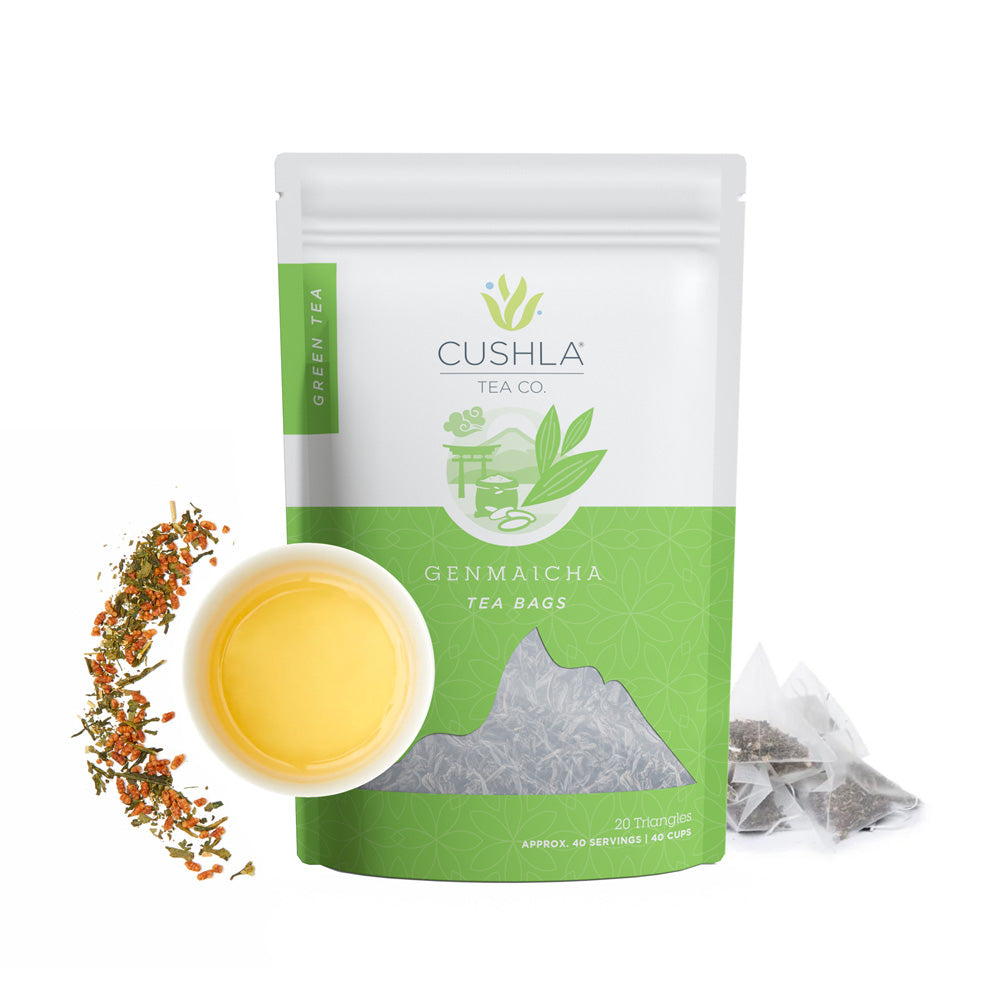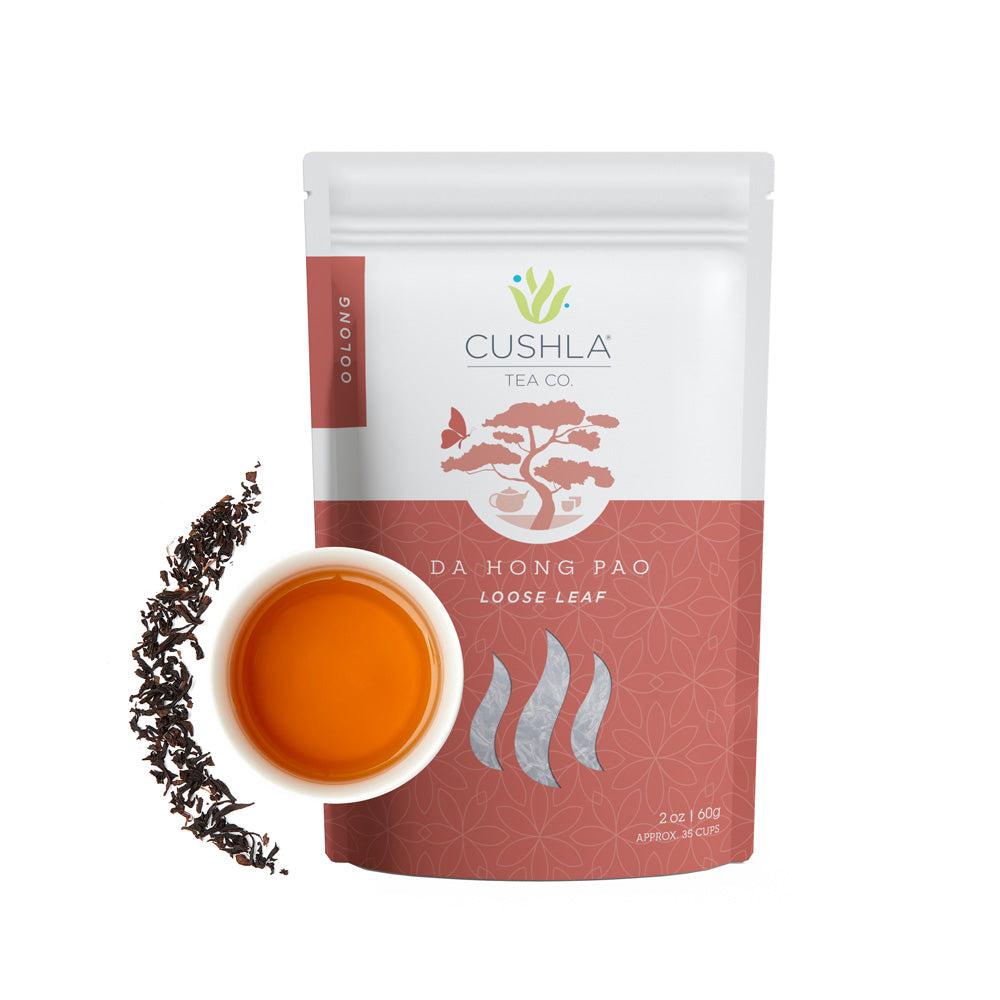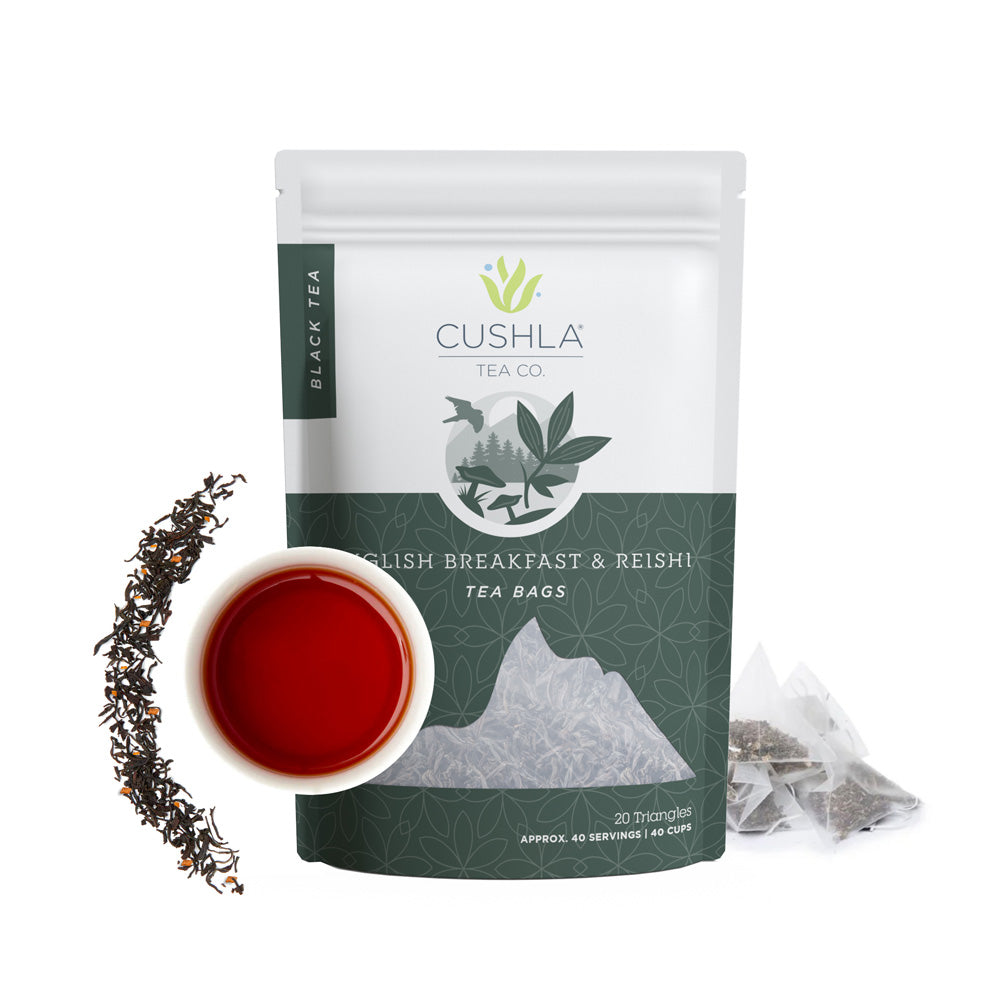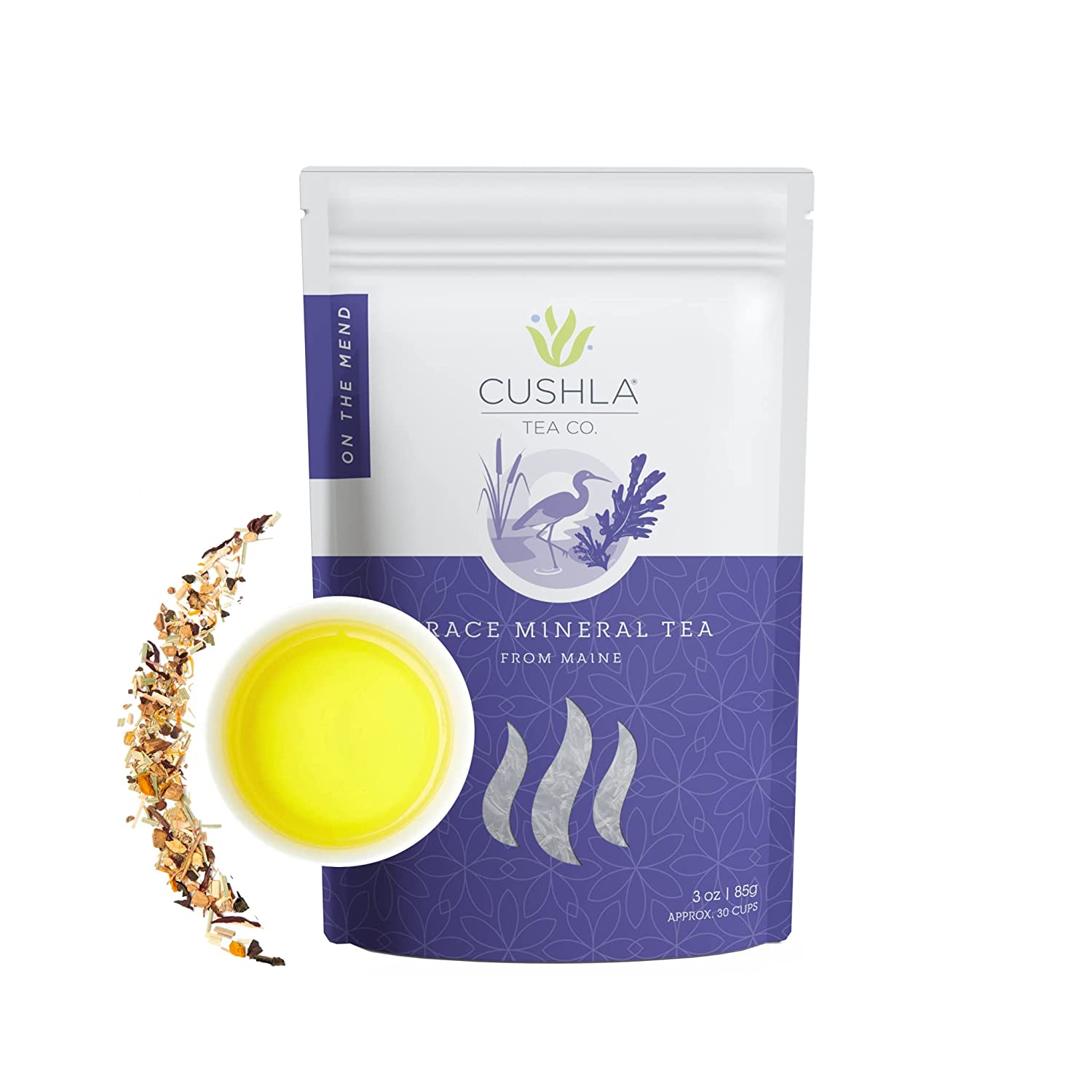The history of oolong tea has a rich and complex story that spans centuries and continents. From its origins in China to its widespread popularity around the world, oolong tea has played a significant role in trade, culture, and politics. In this article, we will explore the fascinating history of oolong tea, answering questions about its use in trade, any wars fought over it, and why it became popular.
Oolong tea was first developed in China during the Ming Dynasty, which lasted from 1368 to 1644. It is believed that oolong tea was created as a hybrid between green tea and black tea. During the production process, the tea leaves are partially oxidized, giving oolong tea its unique flavor profile and aroma.
One of the reasons why oolong tea became popular in China was due to its perceived health benefits. Oolong tea was believed to promote good health and was often used as a traditional medicine. It was also commonly used in Chinese tea ceremonies, where it was enjoyed for its complex and delicate flavor.
However, it was not just in China that has a rich history of oolong tea. Oolong tea was also used as a trade commodity, and played a significant role in China’s trade with other countries, including Europe and the United States.
During the 18th and 19th centuries, the British East India Company began trading in China, and soon became interested in the country’s tea exports. In 1834, the British began importing oolong tea, which quickly gained popularity among the upper classes in Britain. Oolong tea was seen as a luxury item, and its high price only added to its exclusivity.
The popularity and complexity of the history of oolong tea in Europe and America led to an increase in demand, and the Chinese began to export more of this valuable commodity. However, this demand also had a dark side. In the mid-19th century, Britain went to war with China over the issue of trade, including the importation of oolong tea.
The Opium Wars, which lasted from 1839 to 1860, were fought between Britain and China. The wars were sparked by Britain’s attempts to force China to allow the importation of opium, which was grown in India and sold to the Chinese. However, the wars also had significant implications for the tea trade, including oolong tea.
During the wars, Britain imposed a blockade on China, which severely impacted the country’s ability to export tea. This led to a shortage of oolong tea in Europe and America, which in turn led to an increase in prices. The demand for oolong tea only grew, and it became even more exclusive and sought after.
Despite the impact of the Opium Wars, the popularity of oolong tea continued to grow. In the early 20th century, oolong tea began to be exported to other countries in Asia, including Japan and Taiwan. Taiwan, in particular, became known for its high-quality oolong tea, and today produces some of the world’s finest oolong teas.
One of the reasons why oolong tea became so popular was due to its complex and varied flavor profiles. Oolong tea can have a wide range of flavors, depending on the variety, the region it is grown in, and the processing method used. Some oolong teas are light and floral, while others are rich and full-bodied, with a nutty or roasted flavor.
Another factor that contributed to the popularity of oolong tea was its use in traditional tea ceremonies. In China, Japan, and other countries, tea ceremonies are an important part of the culture. Oolong tea was often used in these ceremonies because of its complex and delicate flavor, as well as its perceived health benefits.
In recent years, oolong tea has gained even more popularity around the world, particularly in the health and wellness industry. Oolong tea is often promoted as a healthy alternative to coffee, and is believed to have a number of health benefits, including improving digestion, reducing inflammation, and boosting metabolism.
While oolong tea has come a long way since its origins in China, its rich and complex history is a testament to its enduring popularity and cultural significance. Whether enjoyed as a luxury item by the upper classes of Europe or used in traditional tea ceremonies in Asia, the history of oolong tea has played a significant role in the history of tea in general and the cultures that have embraced it.
In conclusion, the history of oolong tea is a fascinating tale of culture, trade, and politics. From its origins in China to its widespread popularity around the world, oolong tea has played a significant role in human history. Whether you enjoy it for its complex flavor profile, its perceived health benefits, or its cultural significance, oolong tea is a beverage that is sure to delight and intrigue. So why not sit back, relax, and enjoy a cup of oolong tea, while pondering the rich history that has made it so beloved?






